|
From Loch Ness, we arrived at Inverness and unfortunately, we had only one day to spend in this city. Interestingly, one of the key highlights was to go to the various grocery stores and supermarkets and marvel at the affordability of vegetables, salads, meats, eggs, milk, cheese, beer, cider, wine, toiletries... almost everything! I like to alternate between dining out and buying back food (either to cook or ordering takeaway to eat-in), and for Inverness, we found a large Aldi right opposite where we were staying. Hence the evening was microwaved food, cider and Disney+.
For the following day, we drove around Inverness and decided to take a walk around Ness Island. Because the weather was just right (ample sunshine + cool breeze), it turned out to be a nice stroll. Many people were also out and about, taking advantage of the sunshine, and there were many dogs running around and even going into the water around the small island.
From Inverness, it would be a drive along the northern coast, passing Nairn, Forres, Elgin and more, and making quick stops along the way. Elgin Cathedral was one of them. Due to the nature of the roads in this region, I couldn't drive at a higher speed, and by the time we reached Bow Fiddle Rock at Portknockie, we decided to drive straight towards Aberdeen instead to save some time. I was amazed by Bow Fiddle Rock though, which was this impressive sea arch resembling the tip of a fiddle bow.
0 Comments
From Carlisle, we made a detour to visit the Robert Burns House at Dumfries. Robert Burns wrote many poems and songs in his lifetime; with some of the famous ones being "Tam o'Shanter", but the song that everyone should know would be Auld Lang Syne. Unfortunately, we arrived too early and the house was not open. We loitered around a little bit and because it was getting chilly, we decided to continue onwards.
Since we were at Dumfries, we decided to stop by Dumfries House. The Dumfries House was currently maintained as part of the Prince's Foundation, and occupies over 2000 acres of land. We walked around the main house and the lovely garden. The weather was great and there wasn't really many people around, which certainly help to add points to my enjoying the walk around the area.
From Dumfries, we made a few other short stops, such as Cumnock, the coastal town of Ayr, Prestwick, Troon and Irvine before heading towards Glasgow in the late afternoon. The weather was turning rainy, so we quickly checked into our accommodation and settled down for the evening, since we had another few more days to explore Glasgow. I've been to Edinburgh before, and this was my first time to Glasgow. While the weather wasn't really kind during my stay in Glasgow, I do like Glasgow and find it a city that I would like to explore further. There were many interesting precincts to explore, and oh boy, there was so many large murals to see~
From Glasgow, we originally wanted to drive straight up to Inverness and move back southwards to Loch Ness, but our car host told us that it would be cool to drive towards Glencoe to see the scenery, landscape as well as to go to the "Skyfall Road". While this wasn't something I was planning to do, it sounded like a mini adventure. Also, after doing some map-plotting, it seemed that it was a more direct route towards Loch Ness via Glencoe. It turned out to be a right choice, as the drive in the Glencoe area was really nice. Because we drove up gradually into higher altitudes, we saw a change in the landscape. It kinda reminded me of a greener version of Iceland (expansive landscapes with no trees in sight). This ended up being the most picturesque drive for the entire trip.
On the other hand, Loch Ness was nothing to shout about. There were several lochs, with Ness being the most famous one. And nope, I didn't see any sea creatures (lol).
Thought I'll do a journal about my Scotland trip (July to Aug 2022 period). It takes time to organise the photos and write about the trip, so I will do it a bit at a time (and time's so hard to find as always). So we arrived at Manchester, got the car and then quickly got on our way. First quick stop was Preston. As the weather wasn't fantastic, we got out of the car and took a quick sweep of the city centre area centered around the Harris Museum, Art Gallery and Library before driving off towards Carlisle.
Along the way, we made a visit to Lancaster Castle, which was a free-entry medieval castle in Lancaster, Lancashire. Again, the weather wasn't great, but it didn't stop a wedding couple and their entourage from celebrating and taking photos at the castle. In fact, during the 18th and 19th centuries, until the Bankruptcy Act of 1866, Lancaster Castle housed between 300 and 400 people in the debtors' prison at any one time. Apparently the prisoners had their last meal at the Three Mariners pub before heading towards the castle, so we decided to have our lunch there as well.
Another quick stop along the way was Brougham Castle. Founded in the early 13th century, it was used as a formidable barrier against the Scots invaders and welcome Edward I in 1300. Unfortunately, part of it is in ruins.
The first rest stop for the trip would be Carlisle. We walked around Carlisle and found ourselves in Carlisle Cathedral. Carlisle Cathedral is the second smallest of England's ancient cathedrals and has a long and turbulent history. It started life as a Norman Priory Church in 1122, becoming a cathedral in 1133. When we visited, there was music playing in the cathedral (tubular bells?) and was welcoming indeed.
The city of Carlisle is not too big and walkable by foot, and everything closed early by about 6pm. The early history of Carlisle is marked by its status as a Roman settlement, established to serve the forts on Hadrian's Wall. Carlisle Castle was built in 1092 by William Rufus, which explained the name of the Wetherspoons that we visited, aptly named "William Rufus" lol!
From Bilbao to Santiago de Compostela
The Northern Spain trip was one that was taken during the COVID-19 pandemic storm. 2020 hit all of us with this dark swan event, and grounded literally the entire world. In 2021, with some semblance of normalcy creeping back to some tourist destinations, it was time to make plans for some careful travelling! Hence this trip to Northern Spain.
As usual, many photos were taken during the trip, but I'll try to insert those 360 photos that I've consistently taken and posted on Google Street View. Enjoy!
First stop (after checking into the hotel) was Guggenheim Museum at Bilbao. At it was getting late, we reckoned that we will take time taking photos, and enjoying the cool yet sunny weather instead of going into the museum.
Actually the view from the nearby bridge is the best as it provided an expansive view of the museum. If you walk along the bridge, you can see the various light reflections off the Museum exterior, giving the museum a very interesting sheen. Due to the fact it was the COVID-19 period, there were not many tourists at this area, making it a nice walk around the museum, the surrounding park as well as along the river bank. The first day was a short one due to jetlag.
We then took the funicular (Funicular de Artxanda) up to the lookout area, called the S. Cook Bilbao Lookout. This lookout is famous for the red "BILBAO" characters which are obviously popular with the tourists. While the hill is not very high, it still offers a view over Bilbao city (not too many skyscrapers fortunately).
While looking for a place to eat, I read the reviews and decided to head over to Cafe Iruna to try their tapas and drinks. The Café Iruña located in front of the famous “Jardines de Albia”, was inaugurated on July 7, 1903 by the great Navarrese promoter Sir Severo Unzue Donamaría. We arrived a little too early (remember lunches start very late here in Spain), so we had tapas and drinks before settling for their value-for-money lunch set.
We had meals at a few really nice restaurants, such as Restaurant Alameda (at San Sebastian) which offers menu with local and seasonal products, and they have held a Michelin star for over twenty years. We also tried Arzak, a 3-starred restaurant focusing on traditional Basque cuisine by Elena Arzak, who was named best chef in the world by Veuve Clicquot. Nevertheless, I think that dining is not always about the stars, and homely restaurants and cafes can be a joy to dine in. A case in point is Hidalgo 56, a nice cafe-restaurants serving pinchos at San Sebastian.
Another interesting part of the trip was driving all the way into the mountain areas (lots of curvy turns) to this place called Fuente De, where you can take a cable car up to the mountains, with snow walks and amazing views. This is also a stop for hikers who want to spend a few days hiking in the snowy mountains.
If you are a fan of Gaudi, then you would want to include this stop as part of your trip. El Capricho de Gaudi. El Capricho is one of the few projects completed by Antoni Gaudi outside of his native region of Catalonia and produced a summer villa for a wealthy donor based in Comillas, Cantabria, Spain. One interesting aspect of this design is that Gaudi decided upon a different shape of roof than he would normally use, due to the different weather and climate conditions of this area close to Santander in Northern Spain. His normal consideration was, of course, Barcelona, and so in this case he demonstrated an understanding of the implications of working in a different part of the country. It's a great stop for 1 or 2 hours.
At Santander, one of the main highlights would be Palacio de la Magdalena. It was built in 1909 to house the Spanish Royal Family. There were some local tourists visiting the place as well, and as with the previous stops, we were the only Asian folks doing any visiting. (We did not see any Asian travellers until we reached Santiago de Compostela.
Gijón or Xixón is a great stop for the Northern Spain trip. The city itself has this nice bay-beach area with underground parking. There were so many locals who were bringing their dogs out to play. The humans-to-dog ratio here is incredible! Generally, if you are visiting this city, you will also be making the stop to Oviedo which is quite nearby.
Another really quick (morning) stop was Ribadesella. a small town in Asturias along Spain's northern coast. As we arrived on a Sunday, everything was closed and there was no one around. We managed to find a pub-cafe place which was open for a quick bite before taking a few photos and then going on our way.
Geiranger - Trollstigen Scenic Route, Norway
One of the key highlights of the Hurtigruten Norway Cruise was the Geiranger-Trollstigen scenic route. The cruise ship docked near the Geiranger bay, and we had to take a small speed craft to get to shore. The town of Geiranger was packed to the brim with tourists, probably enjoying the unusually warm summer.
The route between Geiranger via Trollstigen to Molde includes one UNESCO World Heritage site (Geirangerfjord), two National Tourist Routes (Geiranger - Trollstigen, and the Aursjøvegen Road) and one "construction of the 20th century" (the Atlantic Road). It is a 200km long stretch of road in a landscape varying from deep and narrow fjords, dramatic snowcapped mountains (in winter), cascading waterfalls and rivers, green valleys, many islands, and the signature Norwegian landscape. The 68km long road between Geiranger and Trollstigen is one of the 18 tourist routes in Norway, and undoubtedly one of the most popular one. Parts of this route is closed in winter, leaving a small window between May and October as the only possible means to visit this place. I suspect the hairpin turns, together with possible snow and avalanches in winter makes this place rather inaccessible.
The route itself consisted of a bus traversing really narrow hairpins along steep slopes. The drive is undoubtedly more dramatic than expected, and what's unique about driving in Norway is that fact that you can see people living almost everywhere. I saw farms even on the narrowest of the mountain ledges, and while many of the earliest settlers and farmers have moved on, a few remain, and bore witness to the changing times, and offered us a glimpse of how things would have been like throughout history.
First Stop. Ørnesvingen or the Eagles Road
Ørnevegen is the name of the eleven hairpin bends that ascend the steep, verdant hillside from Geiranger towards Eidsdal. There's a small waterfall that flows into the lookout and then descends below. At Ørnevegen, you can see the Geiranger town and the fjord leading into it. From here you can also see the famous waterfall “The Seven Sisters” cascading into the fjord.
Gudbrandsjuvet
Between Valldal and Trollstigen, 11 kilometres from Valldal, there's an interesting stop at the viewpoint at Gudbrandsjuvet. Gudbrandsjuvet is a 5 meter narrow and 20–25-metre high ravine through which the Valldøla River forces itself. The ravine is easily accessible from main road route 63 between Valldal and Trollstigen. This is apparently a new lookout point, and since it is along the route, it is ideal for a quick stop. There is also a back story to this area. According to a story from the 1500s, the ravine was named after a man called Gudbrand, who ran off with his new bride and saved himself from his angry pursuers by jumping over the ravine at its narrowest point. Gudbrand was declared an outlaw for his deeds and lived the rest of his life in a stone hut in one of the side-valleys above Gudbrandsjuvet. The valley is still called Gudbrandsdalen to this day. Point of interest: the small canyon or high ravine.
Trollstigen
Trollstigen, 16 kilometers from Gudbrandsjuvet, is together with Geiranger one of the most visited attractions in Norway. The journey towards Trollstigen was amazing. I was captured by the curvature of the slopes that are carved by the glaciers a long time back. What's unusual was that there were trees along the steep slopes, all the way to the summit. The mountains which encircle the Trollstigen road are enormous, and the landscape changes as we climbed up.... the forests disappeared and were replaced by alpine-like vegetation.
The Stigfossen Waterfall gushes down the mountainside towards the luscious Isterdalen Valley and in the middle of all this, the Trollstigen Road winds its way up the mountainside. At the rest stop, you can take the 15-minute walk to the strategically-placed viewpoint to see the magnificent hairpin route.
The road has a steep incline of 9 percent with 11 hairpin bends as it snakes its way along the steep mountainside at its a highest point, Stigrøra, at an elevation of 858 meters above the sea level. The road brutally twists and turns through the mountainous terrain and drivers can expect rock falls, narrow lanes, steep inclines, and unpredictable weather. The route is at its most dangerous in the dark and wet which make it incredibly challenging to navigate. It was a fine sunny day when I visited, and it was via a tour, so there wasn't any dangerous driving. If you are coming to Norway, try to make this one of the "to do" for your visit, especially if you are coming in summer. The picturesque landscapes would be all worth it!
MrWildy's personal introduction to Flam, Norway
Flam is located at the head of Aurlandsfjorden, Norway in a truly spectular setting. Honestly, Flam is not that exciting, but what's exciting was the railway leading into Flam, and the Fjord cruise departing from Flam. As it was summer, and summer was supposed to be packed in Flam, the small village was surrounded by hordes of visitors, who were stuck in the village not knowing where else to go and what else to do. MrWildy's Tips on visiting Flam, Norway
Stegastein Viewpoint
The Stegastein Viewpoint is easily accessible from Flam via a car or bus ride. With a panoramic view 650 metres above Aurlandsfjord, Stegastein gives an incredible detour from Flam, especially if you are already planning to stay a night at Flam. Stegastein Lookout was specially designed and is one of the most photographed viewpoints in the region, not only for the structure itself but also the fantastic views that it gives. It is free to get into the lookout but you might need to pay for transportation up onto the viewpoint. You can book a trip from 335 NOK from the tourist office at the city centre.
Guide to Flam Railway or Flamsabana Railway, Norway
The Flam Railway is not going to be expensive, but it's listed as a "to do" in Norway in a Nutshell. And if you are planning to get into Flam and do the Fjord cruise then you should certainly take the Flam Railway into Flam! Tips to Making the Best of Flam Railway
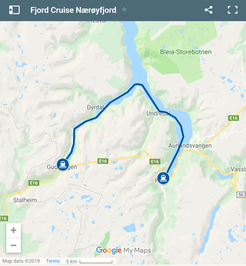 Map of the cruise route Map of the cruise route
Fjord Cruise along the Naeroyfjord via Vison of the Fjords
One of the key reasons to visit Flam is to cruise down the Naeroyfjord, which is a UNESCO World Heritage site and touted as one of the most beautify fjords of Norway. If you are able to, try to book a cruise via Vision & Future of the Fjordswww.visitflam.com/activities/fjord-cruise-naeroyfjord/. The two vessels Vision and Future of the Fjords represent a brand-new standard in design and technology. They have been designed to maximise the tourist experience during any kind of weather, with large windows and walkways inspired by the winding trails of steep mountain terrain. Passengers are encouraged to go out on the top deck and enjoy a very different experience compared to traditional passenger vessels. Inside you will find Nordic inspired interior design offering a high level of comfort. In fact, this was the most comfortable river cruise that I've ever been in, and the large windows on each side allows you to take in the spectacular views of the fjord. 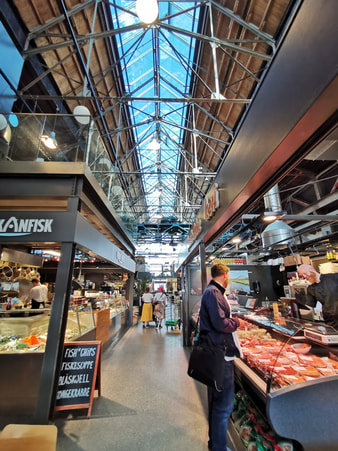 Mathallen Food Hall in Oslo Mathallen Food Hall in Oslo
MrWildy's Introduction of Mathallen, Oslo
I made two visits to the Mathallen Food Hall actually. On day 2 of my Oslo trip, I unwittingly chanced upon the food hall. I had such a good experience that we revisited it again on day 3. Mathallen is a good pit stop since it houses the following eateries and shops under one roof (I tried those underlined in red) : Annis Pølsemakeri - specialised butcher's shop Atelier Asian Tapas - Southeast Asian street food Barramon - wine bar with pintxos and Spanish tapas Bistro Budapest - a taste of Hungarian food and wine Champagneria Bodega - hams and cheeses, a wine bar with tapas, and an outdoor serving area Galopin - Shop with french confit, foie gras, cheese, wine and ham Gutta på Haugen - cheese and cured meats, fruit, vegetables, chocolate and flowers Hitchhiker - restaurant with street food and drinks from all over the world Hongs Bao Bao - Dim Sum restaurant serves home made dumplings and won tons Hopyard - bar with more than 200 types of beer and food inspired by American sub rolls Kulinarisk Akademi - three kitchens used for food courses and training Noodles - Asian fast food place with takeaway Ost & Sånt - Norwegian cheeses, jams and cured meats Paradis Gelateria - Italian ice cream Pizzavino - Italian pizza and delicacies SebastienBruno - chocolates, macaroons and other temptations Smelt - grilled cheese, juices, smoothies and French baked goods Smelteverket - 50x5-metre bar and restaurant in the basement Solberg & Hansen - bar and shop with coffee and tea Stangeriet - high-quality poultry and related farm products The Cupcake & Pie Co. - home-made pies and cupcakes Torget - Bar and foodcourt in the middle of Mathallen, where everyone is welcome to eat their food Via Italia - Italian food products, many of them organic Vulkan frukt og grønt - fruit, vegetables, spices, sauces and oils Vulkanfisk - seafood bar and shop with fresh, cooked, dried and smoked fish 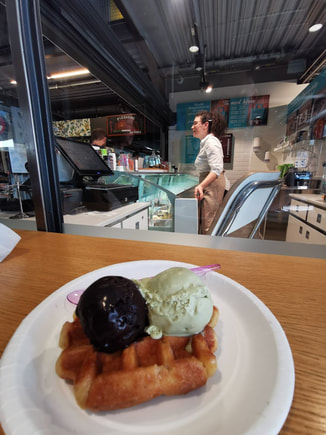 Some thick bitter chocolate and pistachio on a small Belgian Waffle Some thick bitter chocolate and pistachio on a small Belgian Waffle
First stop: Paradis Gelateria
The Norway-in-a-nutshell guide brochure was the key reason to why we choose to eat gelato from Paradis Gelateria at Mathallen. They recommended a visit to Mathallen and also to try the gelato from Paradis. As a point of fact, you do not need to come to Mathallen to try the icy sweets from Paradis. Paradis also has an ice cream bar at the Oslo City shopping centre, and at Sørenga. When I arrived, there was a queue of about 4 to 5 persons waiting for their order. It was a sunny day at Oslo, and both locals and tourists alike were in the mood for something to keep themselves cool. The lady manning the counter was the only sole person juggling between taking orders, scooping ice cream and making coffee for the customers, which no doubt added to the waiting time. But everyone, including myself, was happy to wait. I took the team to get familiar with the various ice cream favours. There was the usual fruit sorbets, such as mango, strawberry, etc. The dark black one appealed to me, and upon closer look I realised that it was not black sesame but a branch of chocolate. I ordered that as well as pistachio (pistachio is always delicious) on a waffle. Upon ordering, I realised that it was only a small sweet Belgian waffle, unlike what we can find in Singapore. Verdict: I found the gelato to be too thick and too sweet. Had to drink lots of water post-gelato.
Negroni and some pinchos
As explained, the gelato got us really parched, and we decided to settle down at Torget where M had his Aperol Spritz while I had my Negroni. I have fallen in love with the citrusy bitter drink since a few moons back, and would try to taste different versions of it as and when I can. A glass of cocktail would easily cost 120 NOR, which is the equivalent of SGD 18.50. Not really that cheap! There was a nearby eatery offering pinchos, which was something not easy to find in Singapore. A typical snack of the Basque Country and Navarre, "pinchos" consist of small slices of bread upon which an ingredient or mixture of ingredients is placed and fastened with a toothpick, which gives the food its name "pincho", meaning "spike." We decided to have 2 pinchos with our drinks, and ordered from Barramon. The pinchos were delicious and we finished it before we could take any photos! It would have been nice to try the different types of pinchos if they were not too expensive. All in all, the negroni was nice, but not as good as the one I had at Mamma Pizza the day earlier. For the pinchos, they were definitely appetizing.
Duck Confit Sandwich at Galopin
The following day, we decided to return to Mathallen Food Hall, since it was enroute to the famous row of old houses at Damstredet & Telthusbakken. M read about the duck confit sandwiches and wanted to try it. It has also started to rain, hence Mathallen was a natural shelter from the elements of the weather. We both ordered the same Duck Confit Sandwich with extra meat. I had an additional Orange Wine, which was supposedly a locally-produced wine. The sandwich was amazingly filled with duck confit, and it tasted really good, with the bitter rocket leaves balancing the saltiness of the duck confit. Worth trying it if you happen to be at Mathallen for lunch! Oslo Opera House
Introduction and background
The Oslo Opera House (Norwegian: Operahuset) is the home of the Norwegian National Opera and Ballet, and the national opera theatre in Norway. The building is situated in the Bjørvika neighbourhood of central Oslo, at the head of the Oslofjord. It was completed in 2007 and then opened to the public in 2008.
Architecture of Oslo Opera House
The Oslo Opera House (Operahuset in Norwegian) reflects the landscape of Norway and also the aesthetics of its people. The government wanted the new Opera House to become a cultural landmark for Norway. They launched an international competition and invited the public to review the proposals. Some 70,000 residents responded. Out of 350 entries, they chose the Norwegian architecture firm, Snøhetta. Here are highlights of the built design. a. Connecting Sea to Land: Approaching the house of the Norwegian National Opera and Ballet from the harbor in Oslo, you may imagine that the building is an enormous glacier sliding into the fjord. White granite combines with Italian marble to create the illusion of glistening ice. The sloping roof angles down to the water like a jagged chunk of frozen water. In winter, natural ice flows make this architecture indistinguishable from its environment. Architects from Snøhetta proposed a building that would become an integral part of the City of Oslo. Connecting land and sea, the Opera House would seem to rise up from the fjord. The sculpted landscape would become not just a theater for opera and ballet, but also a plaza open to the public.
b. Walking on the Roof: From the ground, the roof of the Oslo Opera House slopes steeply up, creating an expansive walkway past the high glass windows of the interior foyer. Visitors can stroll up the incline, stand directly over the main theater, and enjoy views of Oslo and the fjord.
c. Marrying Art with Modernity and Tradition: The architects at Snøhetta worked closely with artists to integrate details that would capture the play of light and shadow. Walkways and the roof plaza are paved with slabs of La Facciata, a brilliant white Italian marble. Designed by artists Kristian Blystad, Kalle Grude, and Jorunn Sannes, the slabs form a complex, non-repetitive pattern of cuts, ledges, and textures. Aluminum cladding around the stage tower is punched with convex and concave spheres. Artists Astrid Løvaas and Kirsten Wagle borrowed from old weaving patterns to create the design. My Personal Take The angular shaped facade, mixed with glass and steel, and ramp-like slopes that invites the visitor to move around the buildling creates a casual interaction with the visitors. The building almost invites the visitor to explore the building. At night, the light emanate3s from within, making the Oslo Opera House look almost like a lantern whose reflections are captured in the frigid cold waters. Tips on Explore Oslo Opera Houes
And the Complete Norway trip starts!
This is the most expensive trip that I have ever paid for in my entire life (up till now). I suppose Norway as a destination is a very expensive place to visit. I will be sharing more about the exorbitant Norway prices later on, but let me insert my itinerary first.
Complete Norway Itinerary (20 Aug to 4 Sep 2019)
A short walk to the Opera House
20 Aug - We arrived at about 2pm with a jetlag, but that didn't stop me from going around the Thon Hotel area to do a little bit of sight-seeing. I was happy that the hotel gave us the top floor with the best view - overseeing the waterfront as well as the city proper. The Opera House itself was filled with hordes of locals and tourists alike, basking in the warm summer sun. The winds were gusty and cold though, and if you look closely at the 360 photo, you will see a lady tourist trying to catch her hat which was being blown away from a sudden strong gust of wind!
Wellaholic’s vision is to help their customers look their best, via the use of technology-based treatments and scientifically-researched supplements. Wellaholic started in 2016, at their first outlet at Lavender. In 2017, they opened our second outlet at Clarke Quay and third outlet at Orchard. They opened our fourth outlet and HQ at Tai Seng in 2019. Their fifth outlet, Tanjong Pagar outlet was opened in July 2019.
This is the stairway leading up to the Wellaholic (TP) outlet. Look at all the lovely paintings and prints! |
Places I Have Been ToCategories
All
Archives
August 2022
|
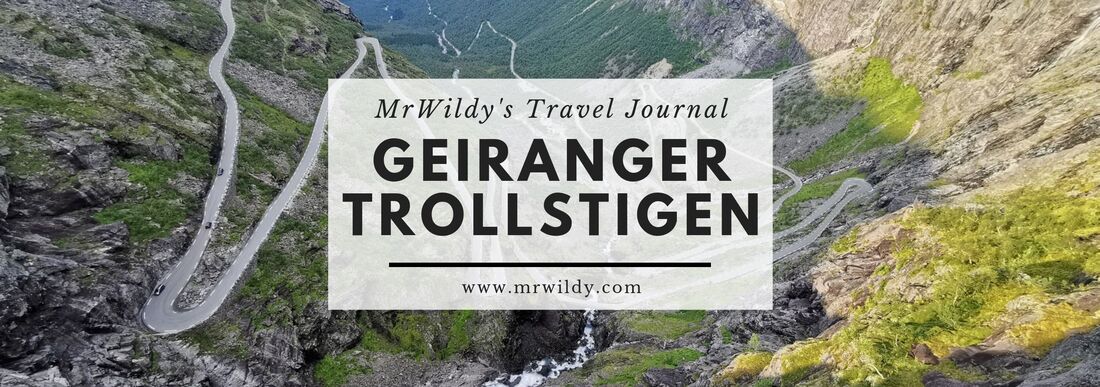
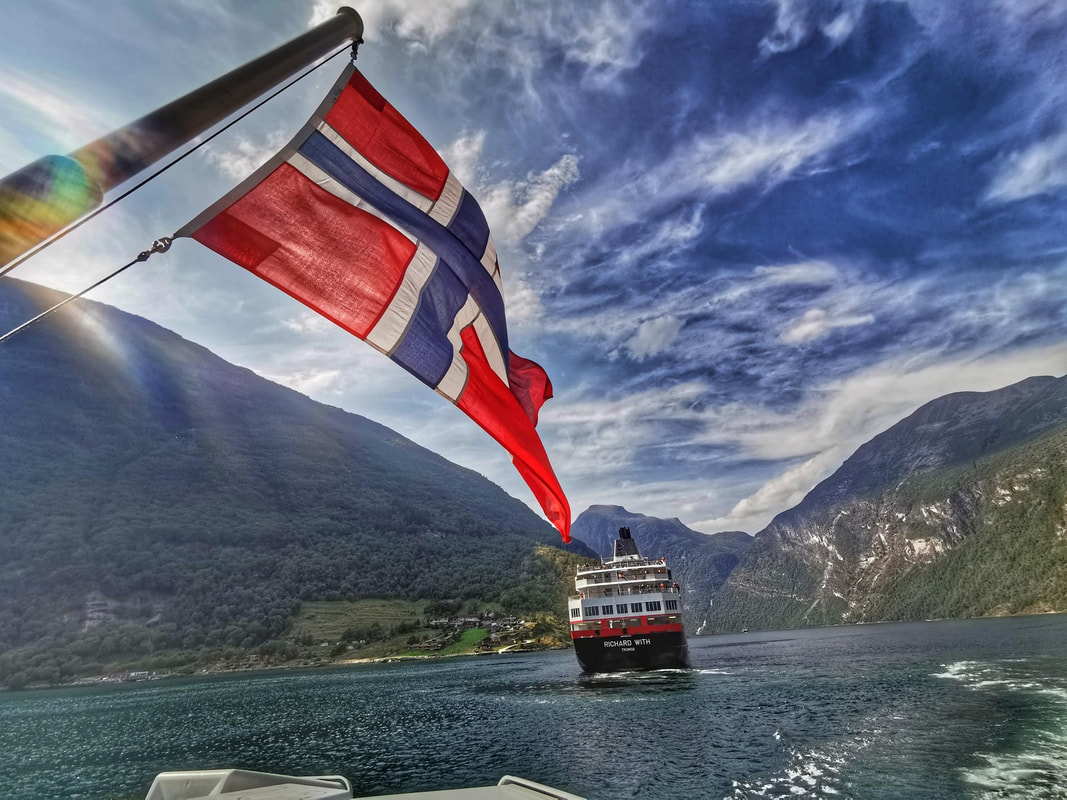
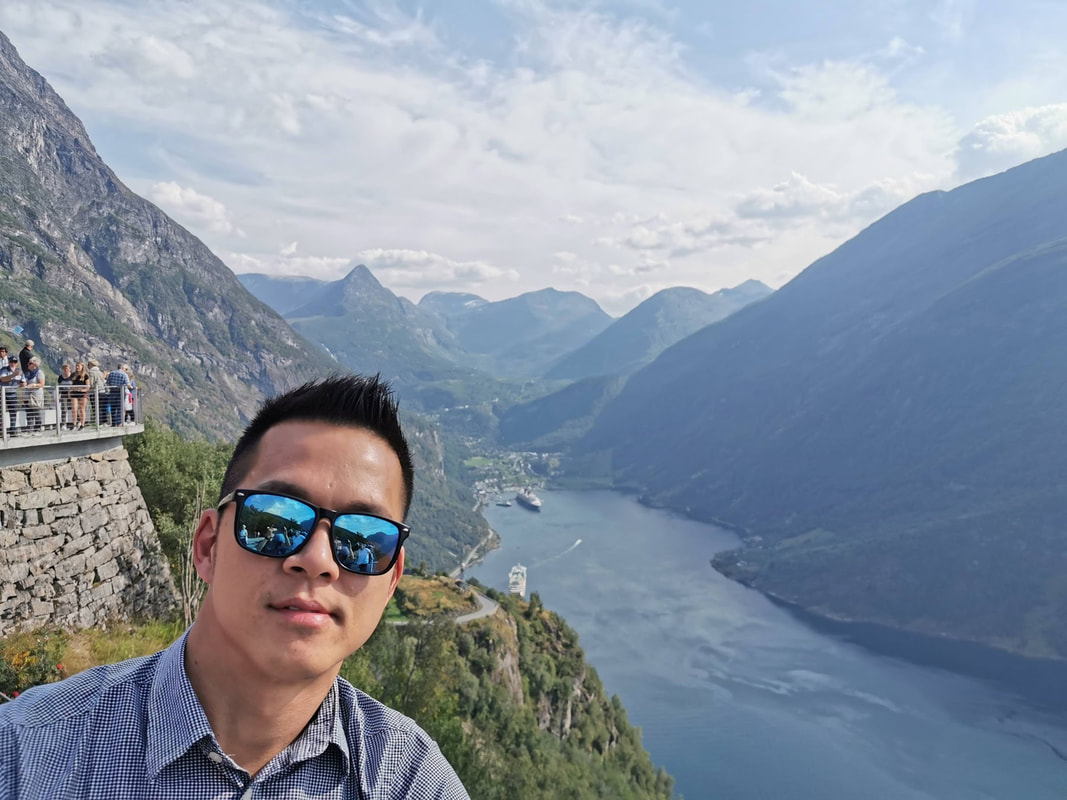
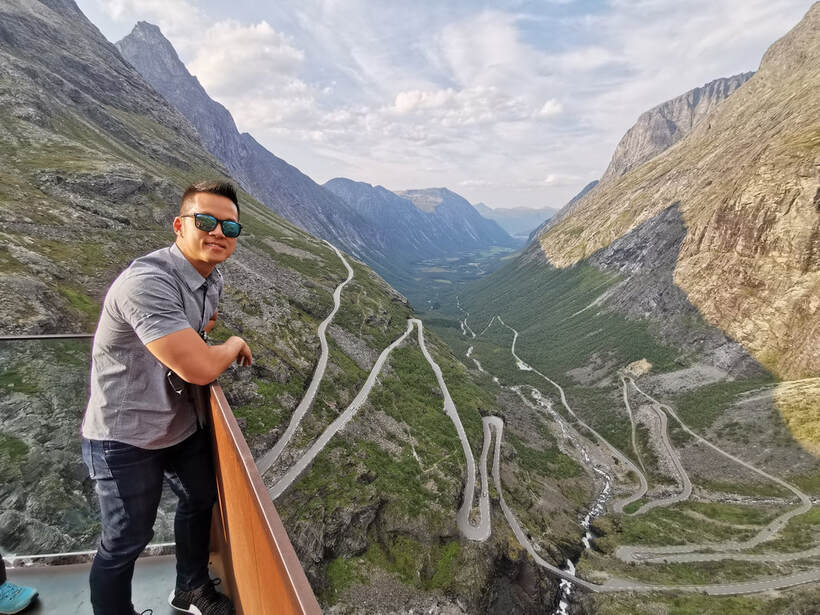
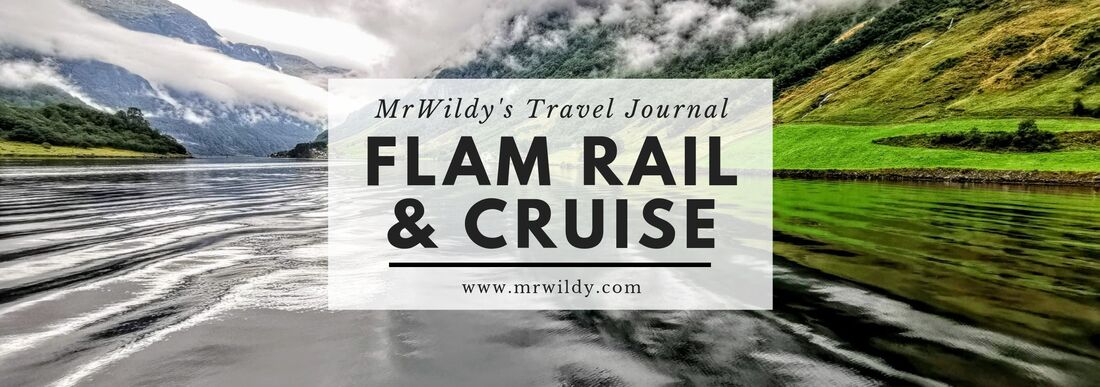

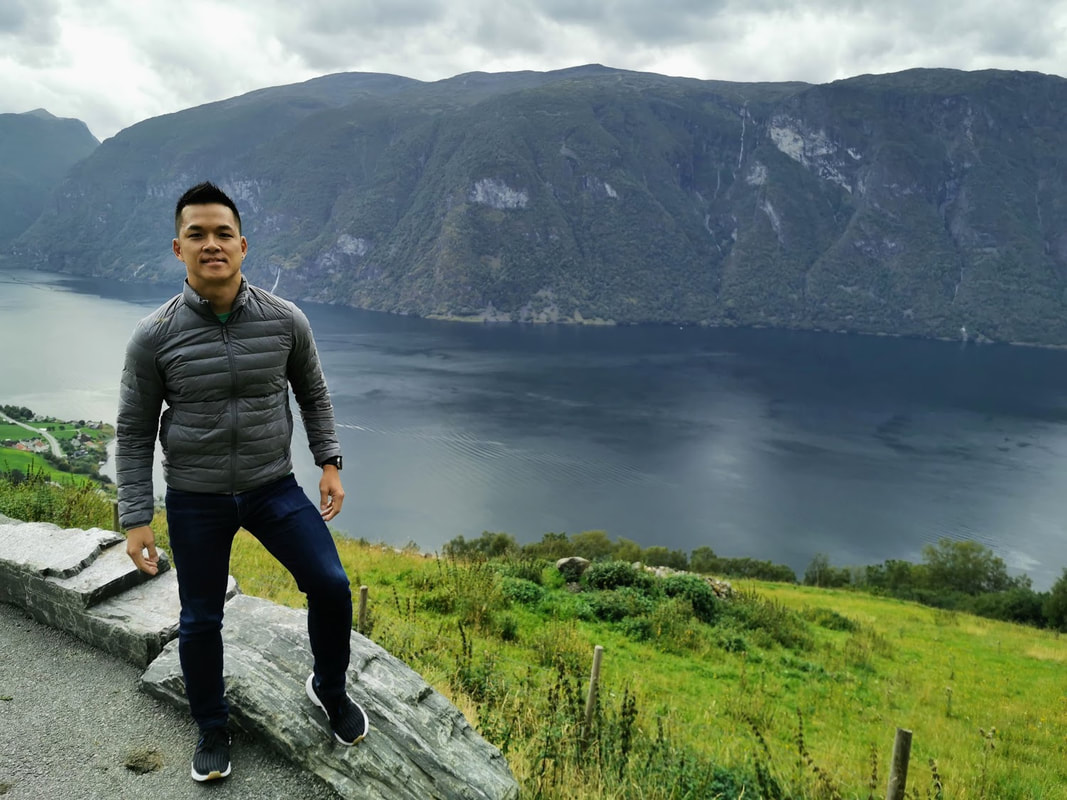

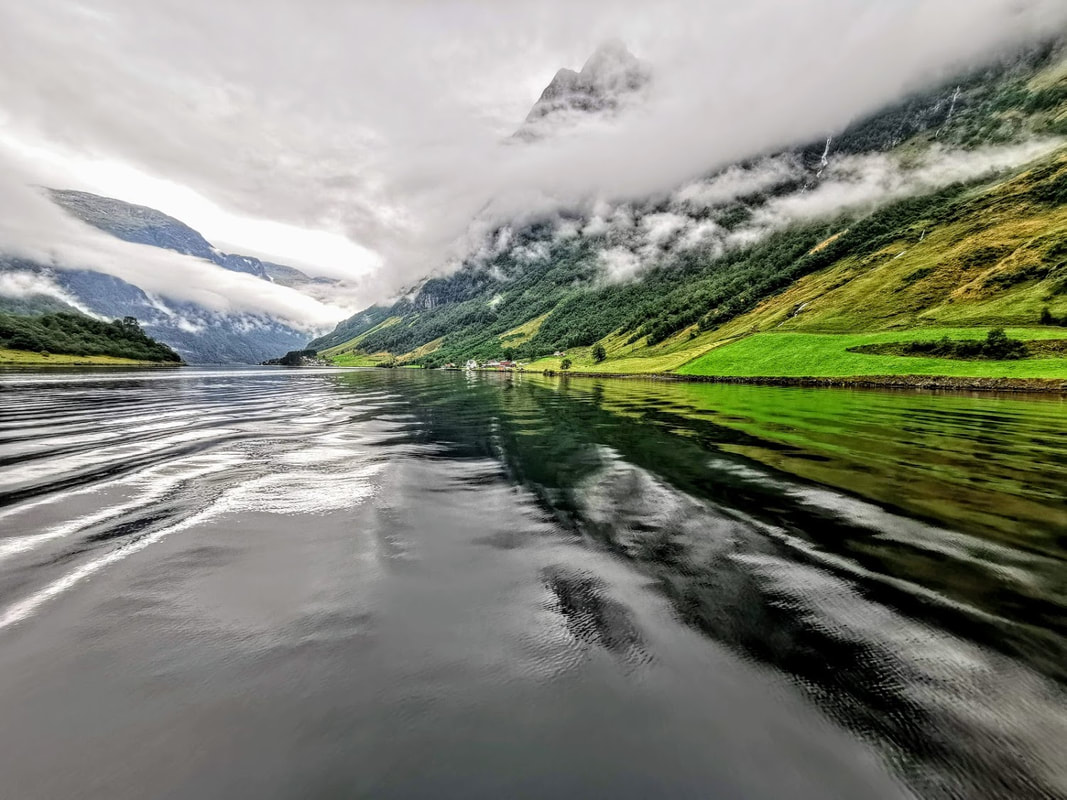
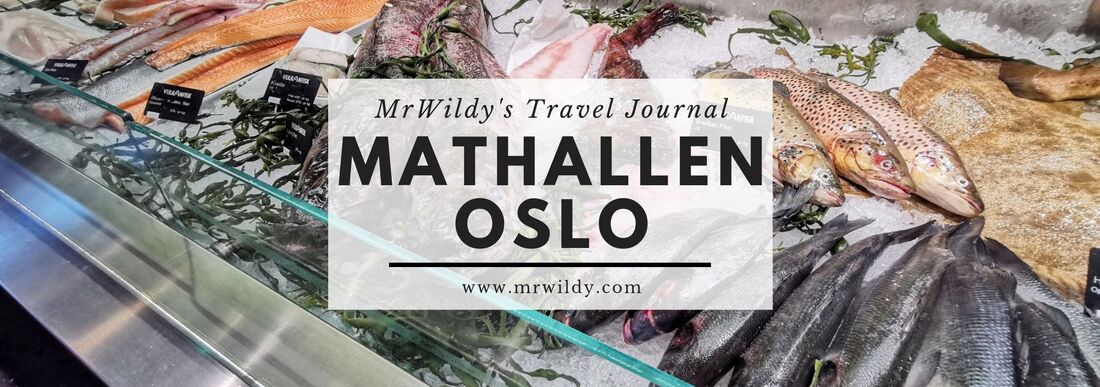
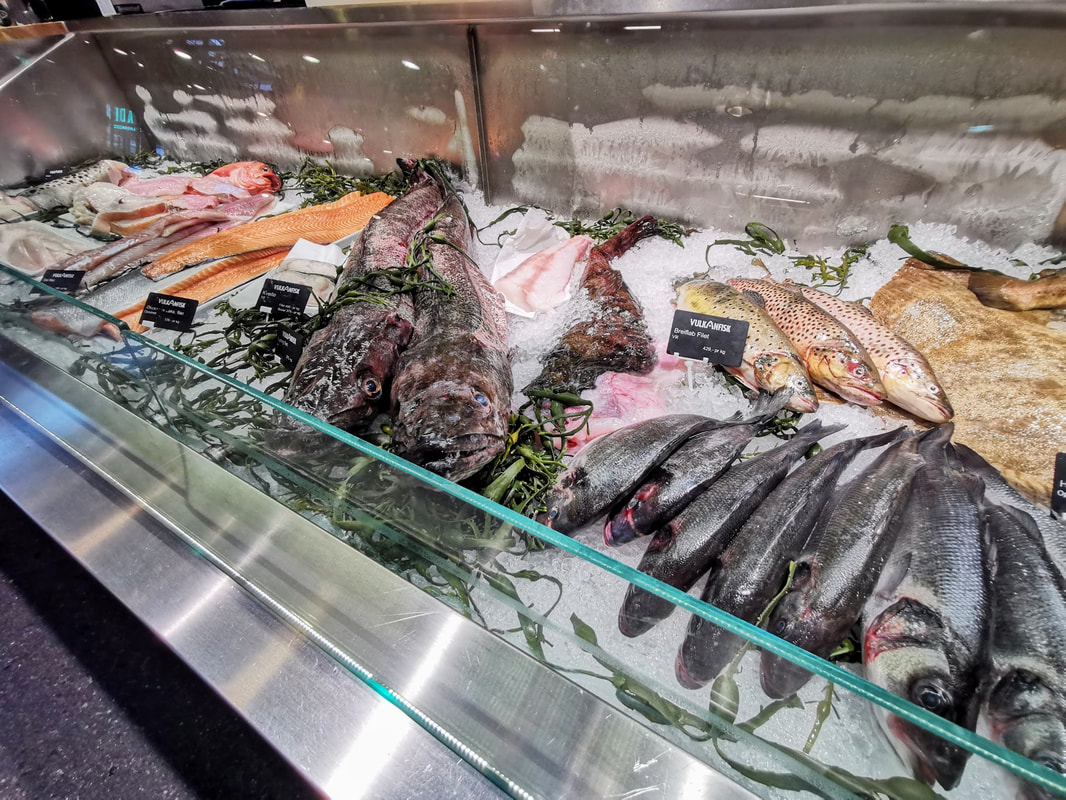
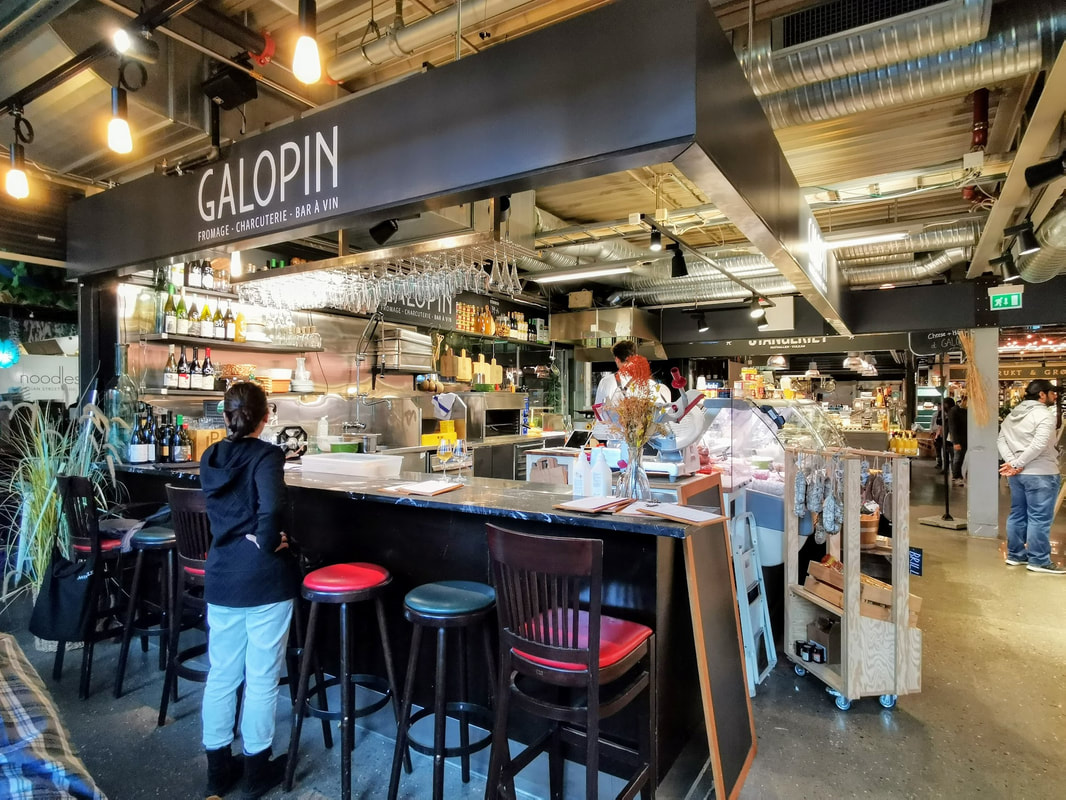
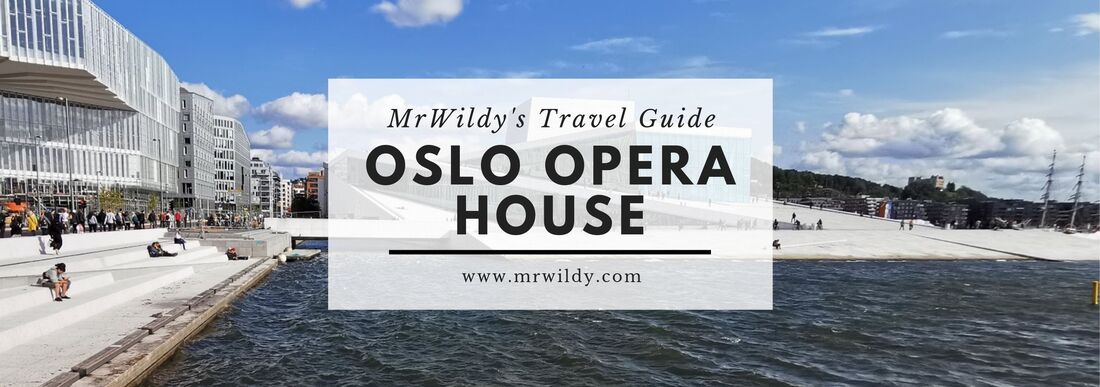
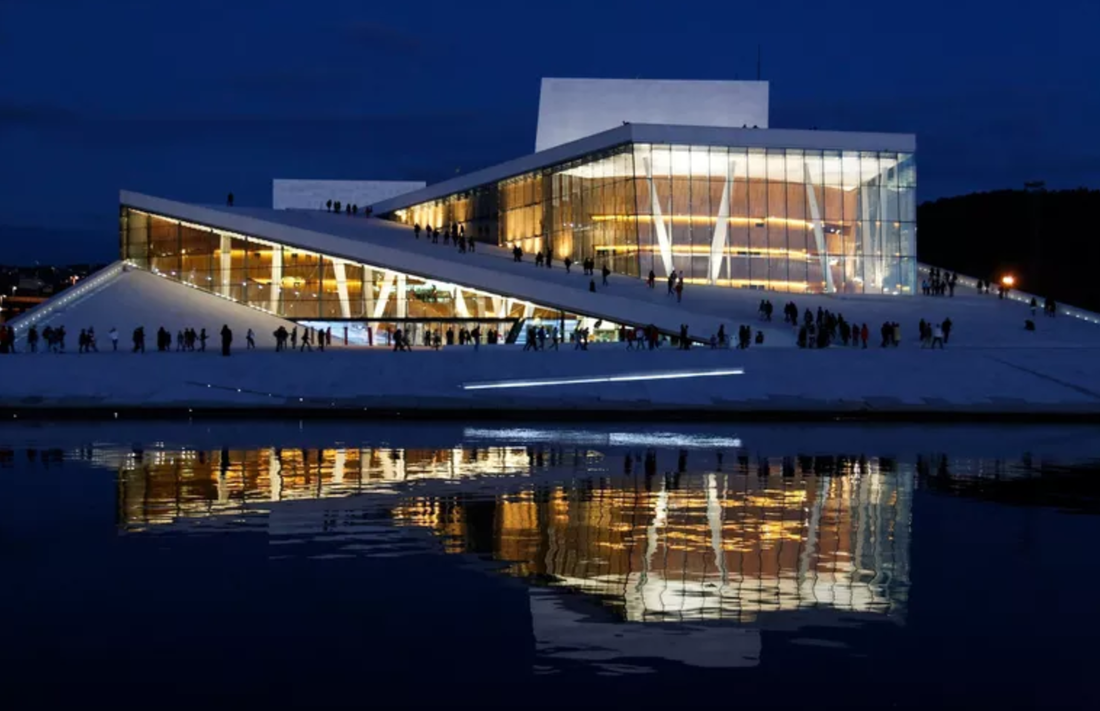
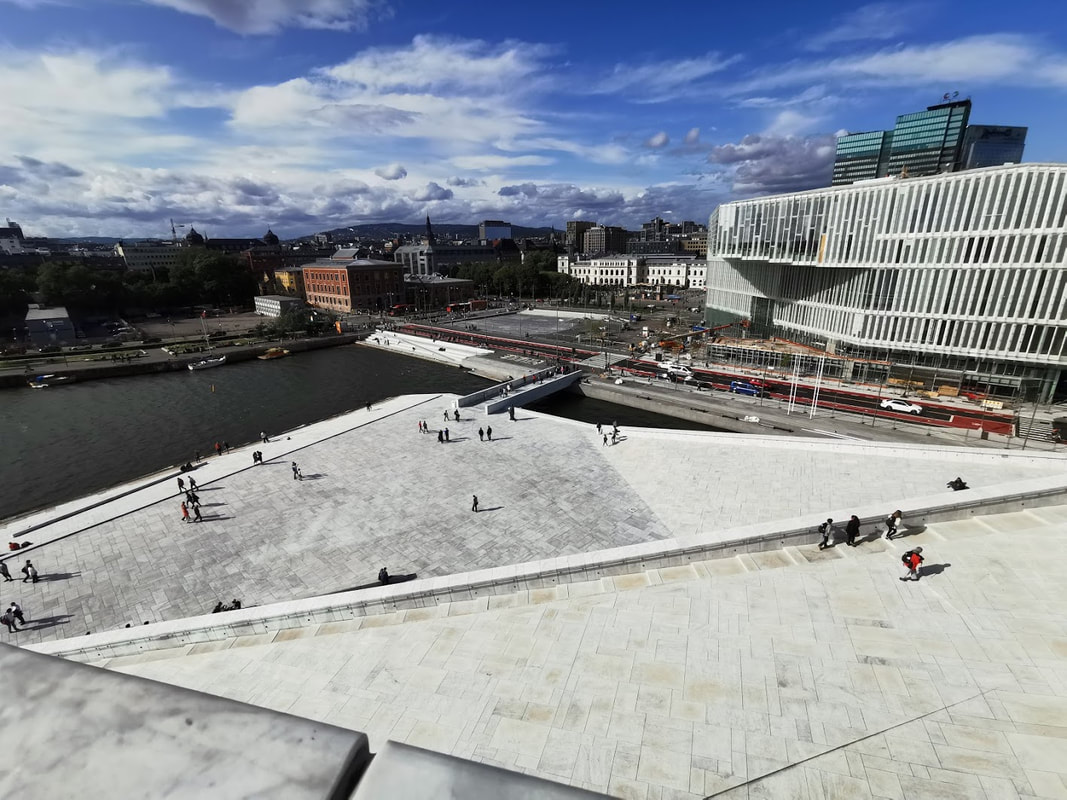
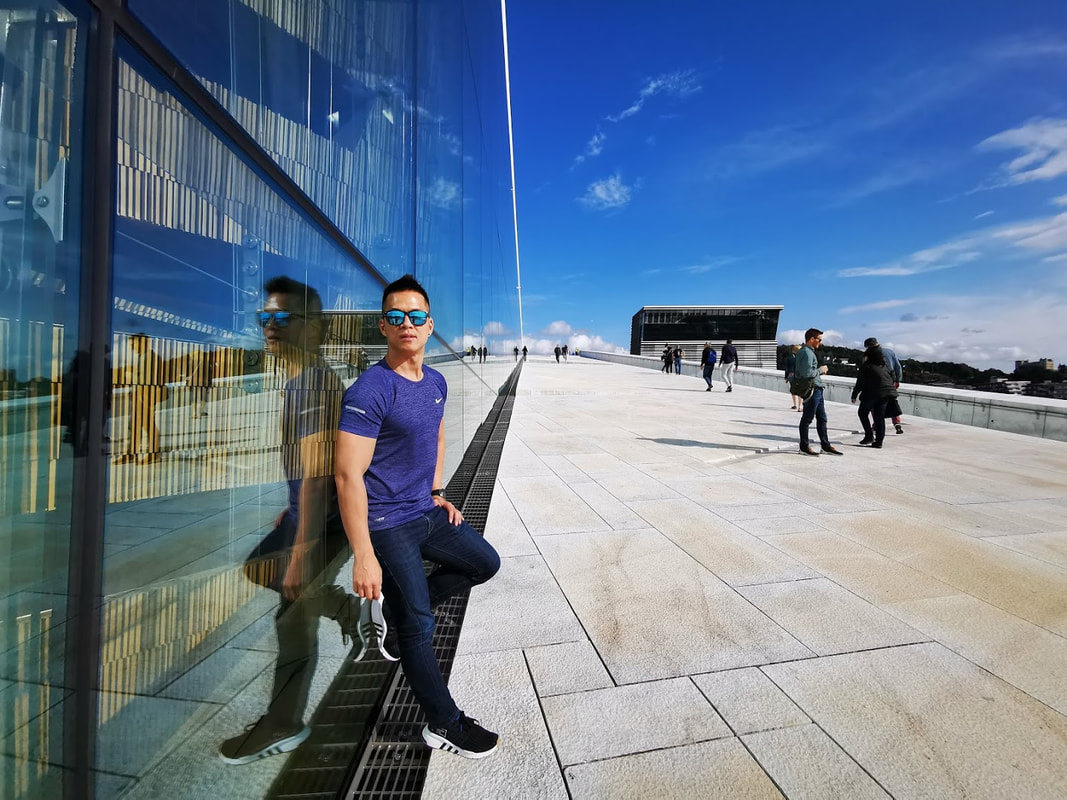
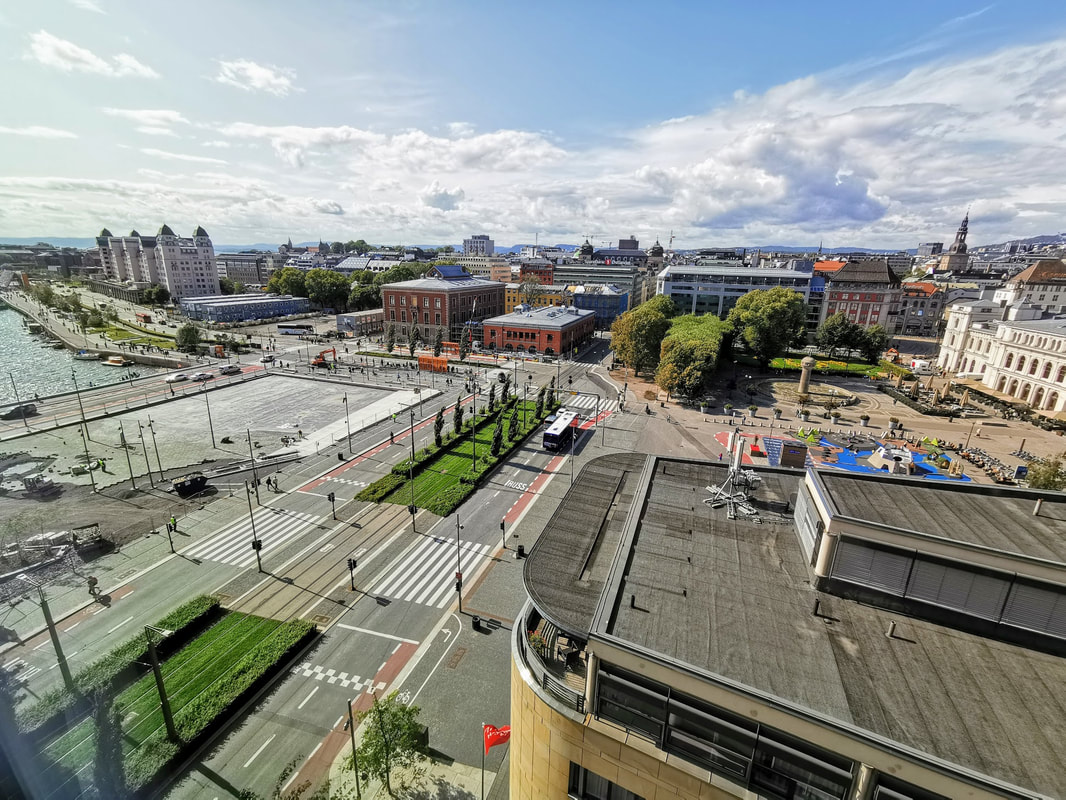
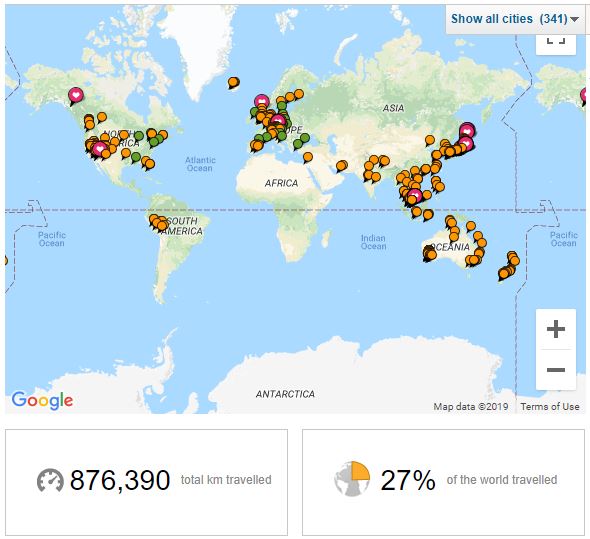

 RSS Feed
RSS Feed